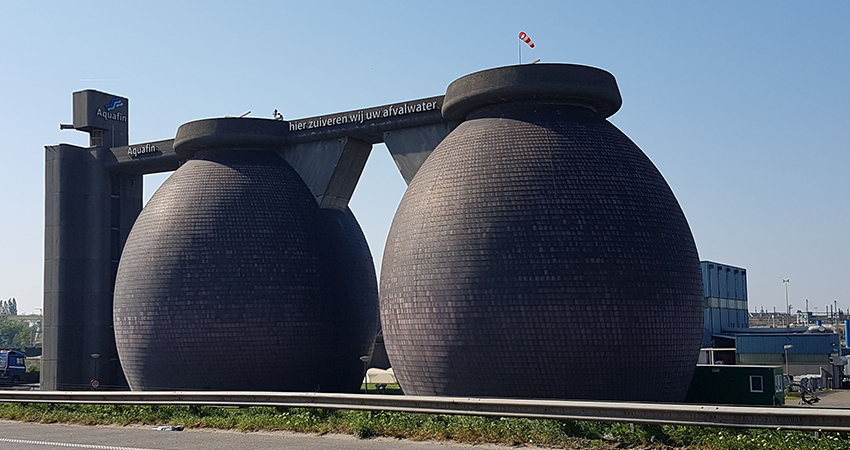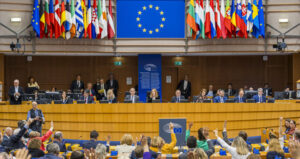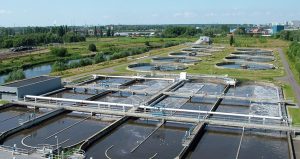EC: ‘Investments in wastewater treatment necessary’

-
 Editorial Team
Editorial Team
Share article:
In the European Union 1% of all urban wastewater is still not collected and over 6% is not sufficiently treated to meet secondary biological treatment standards. Moreover investments in many Member States are too low to reach and maintain compliance with the Urban Waste Water Treatment Directive (UWWTD) in the long term. Investments are necessary. This is the conclusion of the 10th EC-report on the implementation status concerning urban waste water treatment.
Investments
The report states several EU towns or cities still need to build or modernise their infrastructure for collecting waste water, as well as to put modern treatment plants in place. It shows that 95% of waste water in the EU is collected and 88% is biologically treated. Not all waste water collected has to be cleaned to the same standard. The required level of treatment depends on the size of the agglomeration and on the sensitivity of water into which the effluent is discharged. There are also new challenges ahead. According to the European Commission finance and planning are the biggest challenge for the water service sector.
Extra treatment
About a year ago the European Environment Agency (EEA) warned more investment is needed to make urban Waste Water Treatment Plants (WWTP’s) fit to meet the difficult challenges posed by the impacts of climate change and the presence of antibiotics and other micro-pollutants in waste water. Some plants are already adding extra treatment steps, but certainly not all of them. The EEA is keeping an interactive map with data of all WWTP’s in Europe. The map shows if a WWTP fails complies to the EU-rules and what kind of additional treatment steps are used on specific locations.
More effort needed
‘In some EU Member States progress has not been even and in some Member States waste water infrastructure needs better planning and more financing. We will now do our utmost to drive innovation and new investments in environmental infrastructure everywhere in Europe’, EU Commissioner for the Environment, Fisheries and Oceans Virginijus Sinkevičius said in a reaction to the implementation status.
Next steps
The European Commission launched in September an impact assessment to evaluate different policy options with the aim of modernising the UWWTD. This also includes finding ways to deal with contaminants of emerging concern such as pharmaceuticals and microplastics. And if regular surveillance of waste water can enhance the EU preparedness in managing the COVID-19 pandemic, or similar diseases. This impact assessment will involve a considerable amount of consultation with relevant stakeholders.

















